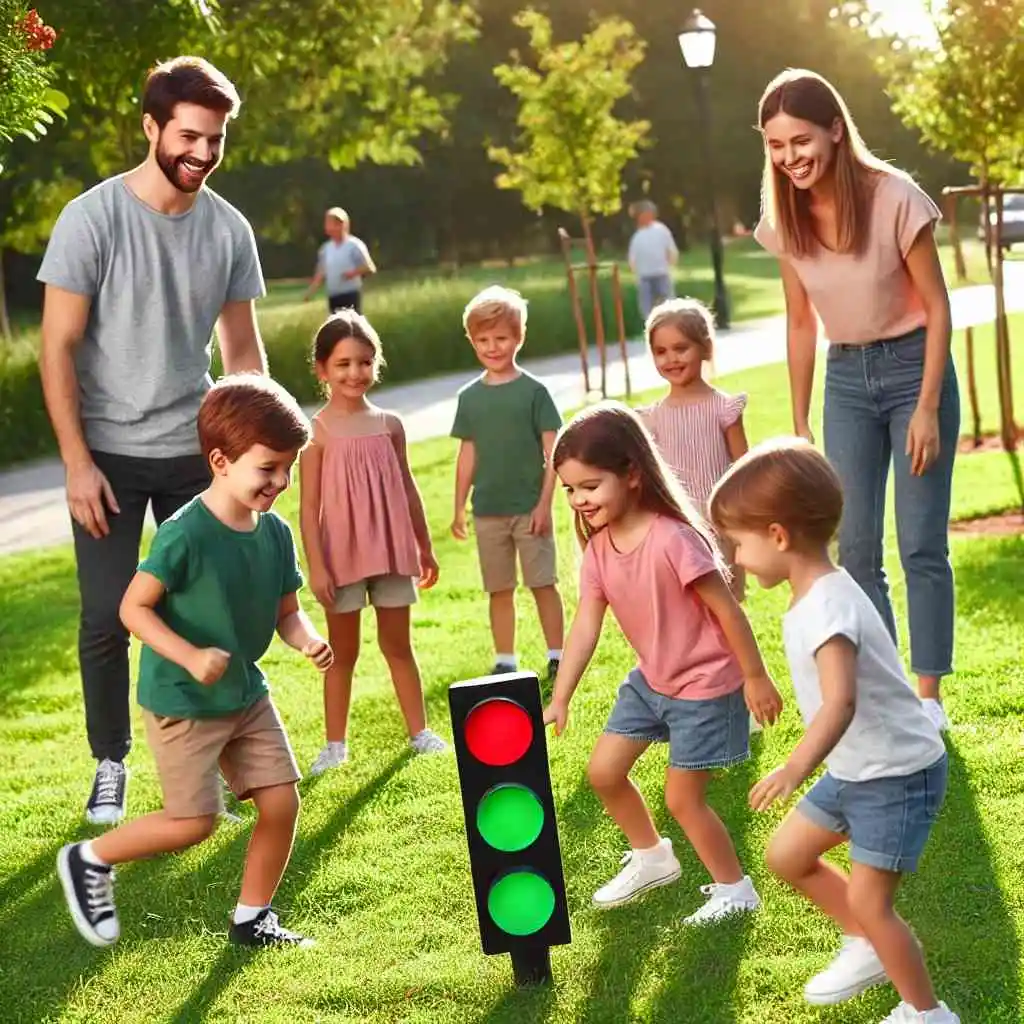Interactive Games and Exercises
The Power of Play in Learning
When it comes to teaching kids about stranger danger, play can be your best ally. Kids learn best when they’re having fun, so turning safety lessons into games is a great way to get their attention. Interactive games and exercises not only engage children but also help them remember important safety rules. You can turn a serious topic into a playful experience that kids will enjoy while learning valuable lessons. Plus, you’ll find that these activities can bring the whole family together for some quality bonding time.
Red Light, Green Light with a Twist
One popular game you can adapt for safety lessons is “Red Light, Green Light.” Instead of just running and stopping, you can add a twist to teach about stranger danger. Use “Red Light” to symbolize a situation where a stranger approaches, and “Green Light” for safe moments. When you call out “Red Light,” kids must freeze and shout out a safety rule like “Never go with strangers!” This simple adaptation reinforces the importance of being cautious around unknown people. It’s fun, interactive, and memorable.
Role-Playing Scenarios

Role-playing is another fantastic way to teach kids about safety in a fun and engaging manner. You can create different scenarios where a stranger might approach a child, and have your kids act out how they would respond. For example, one scenario could involve a stranger asking for help to find a lost pet. Teach your kids to say, “No, thank you,” and to find a trusted adult. These role-playing exercises help kids practice their responses in a safe environment, making them more confident if they ever face a real situation.
Safety Charades

Safety charades can be an exciting and educational game for kids. Write down different safety scenarios or rules on pieces of paper, such as “Don’t talk to strangers” or “Yell for help.” Each child takes turns acting out the scenario without speaking, while the others guess what the safety rule is. This game encourages kids to think creatively about safety and helps them remember important rules. Plus, it’s a lot of fun and gets everyone involved.
Simon Says: Safety Edition
“Simon Says” is another classic game that can be adapted for safety education. In this version, you can incorporate safety actions and rules. For instance, you could say, “Simon says, look both ways before crossing the street,” or “Simon says, find a safe adult.” By combining this familiar game with safety instructions, you can reinforce important habits in a playful way. Kids love the challenge of following “Simon’s” directions, and it helps them learn without even realizing it.
Creating a Safe Adventure Hunt
A safe adventure hunt is an exciting way to teach kids about safety while exploring their environment. You can set up a treasure hunt with clues that lead to different safety tips. For example, one clue might lead them to a stop sign where they learn about road safety, while another clue takes them to a trusted adult for tips on dealing with strangers. This game not only makes safety education fun but also encourages kids to think critically and solve problems. Plus, they get a sense of adventure and accomplishment as they complete the hunt.
Incorporating Technology with Safety Apps
In today’s digital age, you can also use technology to make learning about safety fun. There are various apps designed to teach kids about stranger danger and other safety rules through interactive games and activities. These apps often include quizzes, puzzles, and scenarios that kids can work through, reinforcing their knowledge in an engaging way. You can incorporate these apps into your regular playtime or use them as a reward for completing other safety exercises. Technology can be a great tool to supplement traditional games and keep kids interested in learning.
The Freeze Dance Safety Game

Another enjoyable game is the Freeze Dance Safety Game. Play music and let the kids dance around, but when the music stops, they must freeze and shout out a safety rule. This game is lively and keeps kids on their toes while reinforcing important safety information. The freeze dance element adds excitement, and the repetition helps kids remember the safety rules better.
Involving the Whole Family
Interactive games and exercises are not just for kids; they can be a great way for the whole family to get involved in safety education. Parents, siblings, and even grandparents can join in the fun, making it a family affair. When everyone participates, it reinforces the importance of safety and shows kids that everyone cares about their well-being. Plus, it provides an opportunity for family bonding and creates lasting memories.
Making Safety Education Fun

The key to successful safety education is making it enjoyable and memorable. By incorporating interactive games and exercises, you can teach your kids about stranger danger and other safety topics in a way that sticks with them. The games mentioned above are just a few examples of how you can turn serious lessons into playful experiences. Remember, the goal is to ensure your kids understand and remember safety rules, and having fun is the best way to achieve that. So, get creative, get involved, and watch your kids learn and grow in a safe and happy environment.
Crafting Personalized Safety Plans
Understanding the Importance of Personalized Safety Plans
Creating a personalized safety plan for your child is a crucial step in ensuring their safety. By tailoring the plan to your child’s unique needs, you can address specific concerns and scenarios they might face. Personalized safety plans are more effective because they consider the child’s environment, habits, and developmental stage. They also empower children by involving them in the safety planning process.
When you craft a personalized safety plan, you are teaching your child to be proactive about their safety. This not only boosts their confidence but also helps them understand the importance of being prepared. It’s a valuable life skill that they will carry with them as they grow. The process can be fun and engaging, turning an important lesson into a bonding activity for you and your child.
Steps to Create a Personalized Safety Plan
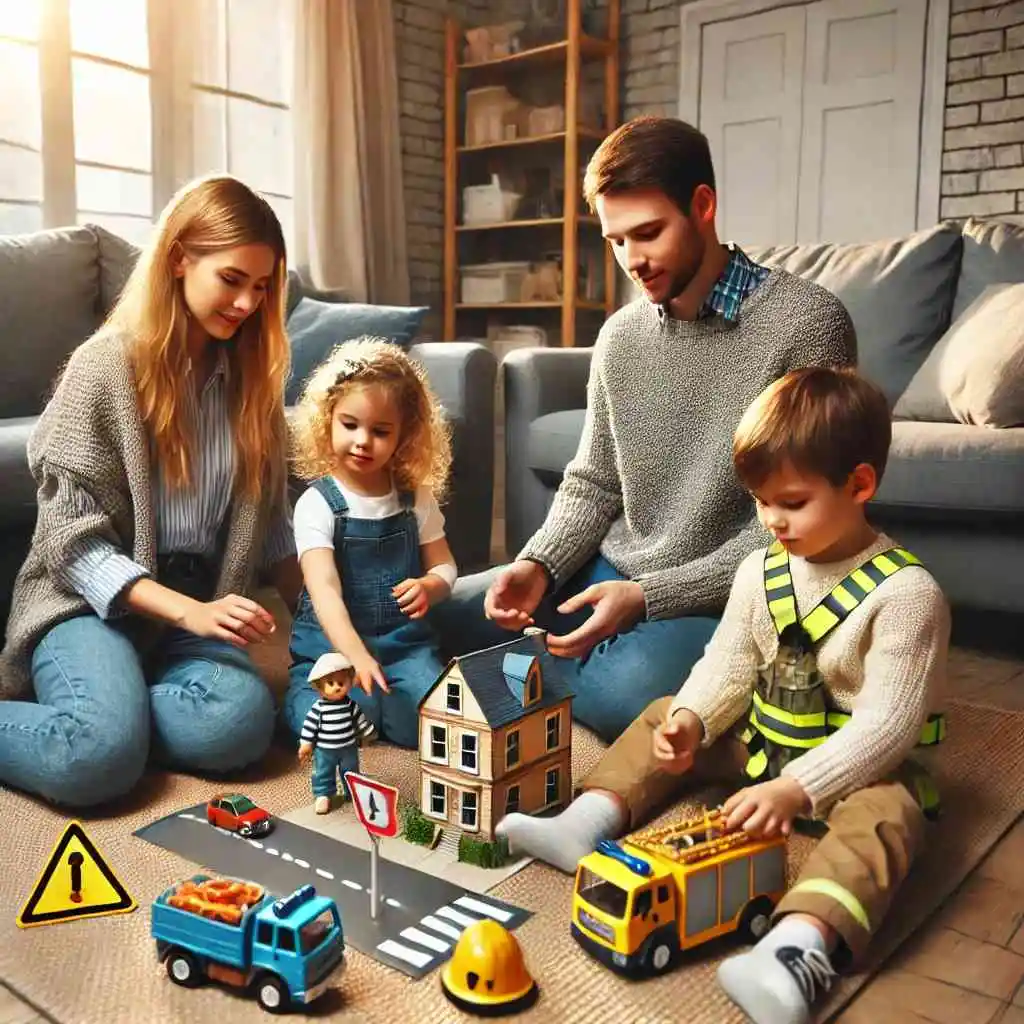
Creating a personalized safety plan involves a few key steps. First, identify the potential risks your child might face in their daily life. This could include scenarios like getting lost in a public place, encountering strangers, or dealing with emergencies at home. Discuss these scenarios with your child to understand their perspective and address any fears they may have.
Next, come up with specific actions your child can take in each situation. For example, if they get lost, teach them to find a safe adult, such as a store employee or a police officer, and share their information. Role-playing these scenarios can help your child remember what to do and make them feel more confident in handling unexpected situations.
Incorporate visual aids into your safety plan to make it more engaging. You can create charts, maps, and checklists that your child can easily refer to. Use colorful markers, stickers, and drawings to illustrate the steps they should follow. This not only makes the plan more appealing but also helps reinforce the information in a memorable way.
Making Safety Plans Fun and Interactive
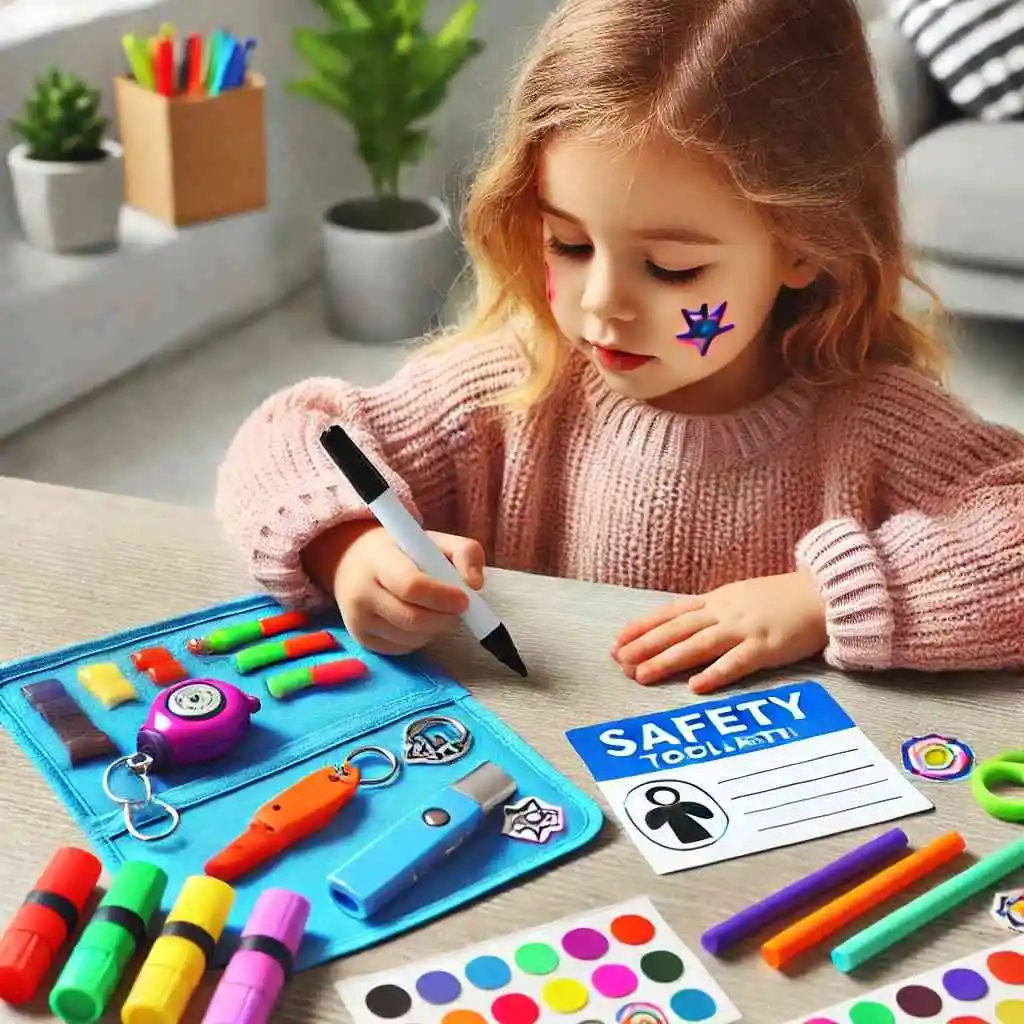
Safety planning doesn’t have to be a dull or scary activity. Turn it into a fun and interactive experience by incorporating games and storytelling. Create a safety adventure game where your child can earn points or rewards for completing different safety tasks. This can motivate them to learn and remember the steps in their safety plan.
Storytelling is another great tool. Use your child’s favorite characters, like Guy the Guardian Gecko and Cesar the Clever Cat, to act out safety scenarios. Children are more likely to engage with and remember stories that feature characters they love. You can even create a storybook that outlines the safety plan, making it a bedtime reading favorite.
You can also involve your child in creating their own safety toolkit. Let them choose items to include, such as a whistle, a small flashlight, and a contact card with important phone numbers. Decorating the toolkit together can make it feel special and personal to them. This sense of ownership will make your child more likely to use and remember their safety plan.
Reviewing and Updating the Safety Plan

Regularly review and update your child’s safety plan to ensure it remains relevant. As your child grows and their environment changes, new risks may arise. Schedule periodic check-ins to discuss the plan and make any necessary adjustments. This keeps the information fresh in your child’s mind and reinforces the importance of safety.
Encourage your child to share any new concerns or questions they might have. This open communication helps build trust and ensures that the safety plan addresses all potential risks. It also provides an opportunity for you to praise your child for their awareness and proactive attitude towards safety.
You can use real-life experiences as teaching moments to reinforce the safety plan. If your child navigates a situation well, praise them and discuss what they did right. If a situation didn’t go as planned, use it as a learning opportunity to improve the plan. This continuous learning process helps your child feel prepared and confident in their ability to stay safe.
Conclusion
Crafting personalized safety plans is a vital part of keeping your child safe. By involving your child in the process, you not only teach them important safety skills but also empower them to take charge of their own well-being. Make the process fun and interactive, and regularly review and update the plan to keep it relevant. With a well-crafted safety plan, your child will be better prepared to handle any situation with confidence.
Storytime with a Purpose
The Magic of Storytime

Storytime isn’t just a bedtime ritual; it’s a magical journey that you can share with your child. It’s a time when you can transport them to different worlds, meet fantastic characters, and, most importantly, impart valuable life lessons. When you choose stories with a purpose, you’re not only entertaining your child but also equipping them with the tools they need to navigate the world. These stories can help children understand complex emotions, learn about safety, and develop empathy.
You don’t need to be an expert to make storytime meaningful. With the right books and a bit of creativity, you can turn this daily activity into a powerful teaching moment. Imagine your child eagerly awaiting storytime, knowing that each story brings not just fun but also valuable lessons. This is the magic you can create with purposeful storytelling.
Choosing the Right Stories
Selecting the right stories is crucial to making storytime effective. You want books that are engaging, age-appropriate, and packed with lessons. Look for stories that feature characters your child can relate to, like Guy the Guardian Gecko or Cesar the Clever Cat. These characters can make learning about safety, empathy, and resilience more relatable and fun.
When choosing books, consider your child’s interests and current challenges. Are they starting school and feeling anxious? Pick a story that addresses those fears in a comforting way. Is your child curious about making new friends? Find a book that explores friendship and kindness. By tailoring your story choices to your child’s needs, you make each session more impactful.
Remember, the goal is to choose stories that will spark conversations and encourage your child to ask questions. This interaction is where the real magic happens. It’s in these moments of curiosity that you can delve deeper into the lessons and help your child make connections to their own life.
Bringing Stories to Life
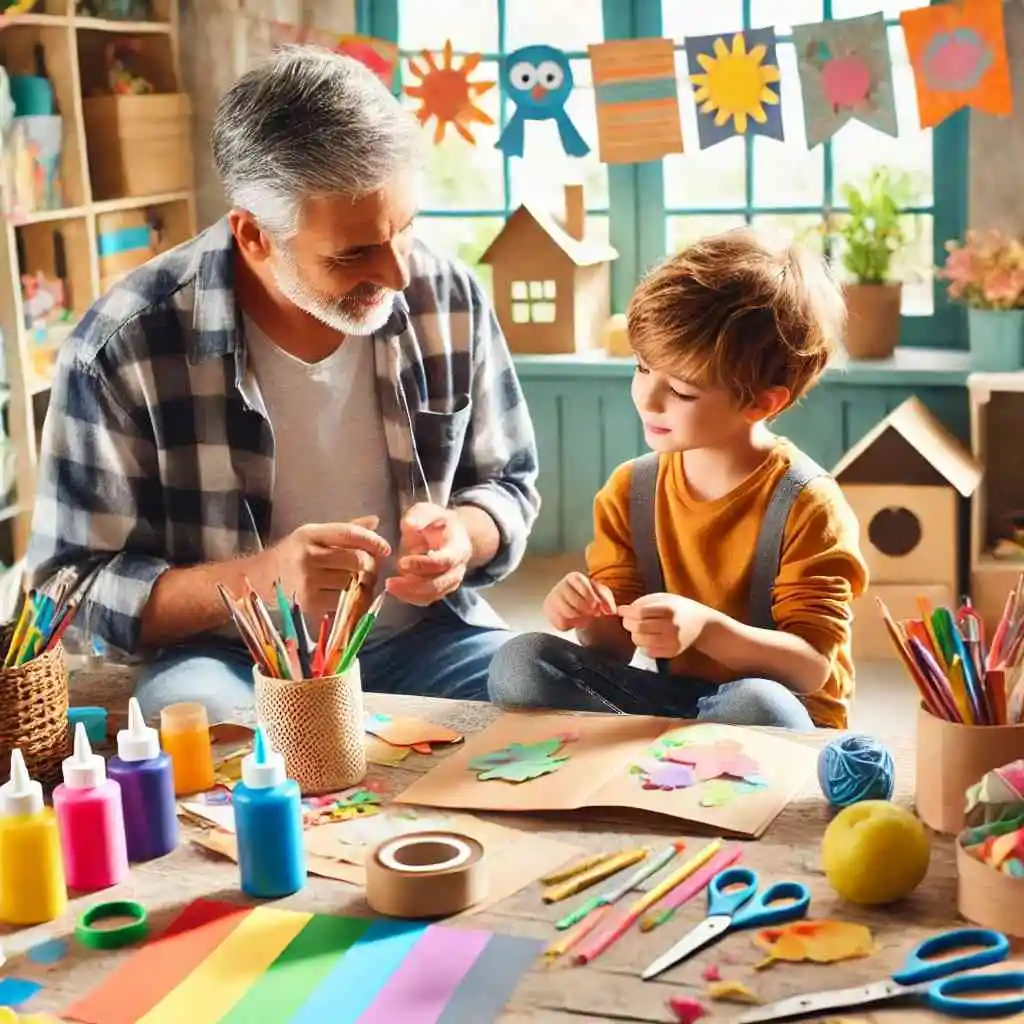
The way you tell the story is just as important as the story itself. Use different voices for characters, add sound effects, and involve your child in the storytelling. Ask them questions about the plot and what they think might happen next. This keeps them engaged and makes the experience interactive.
Encourage your child to act out scenes or imagine themselves as one of the characters. This not only makes storytime more fun but also helps them internalize the lessons. For example, if the story is about crossing the street safely, you can practice the steps together after reading. By turning stories into play, you reinforce the lessons in a memorable way.
Another great idea is to create story-related crafts or activities. After reading a book about fire safety, you could build a small fire station out of cardboard. These activities extend the learning and provide a hands-on experience that children love.
Discussing the Lessons
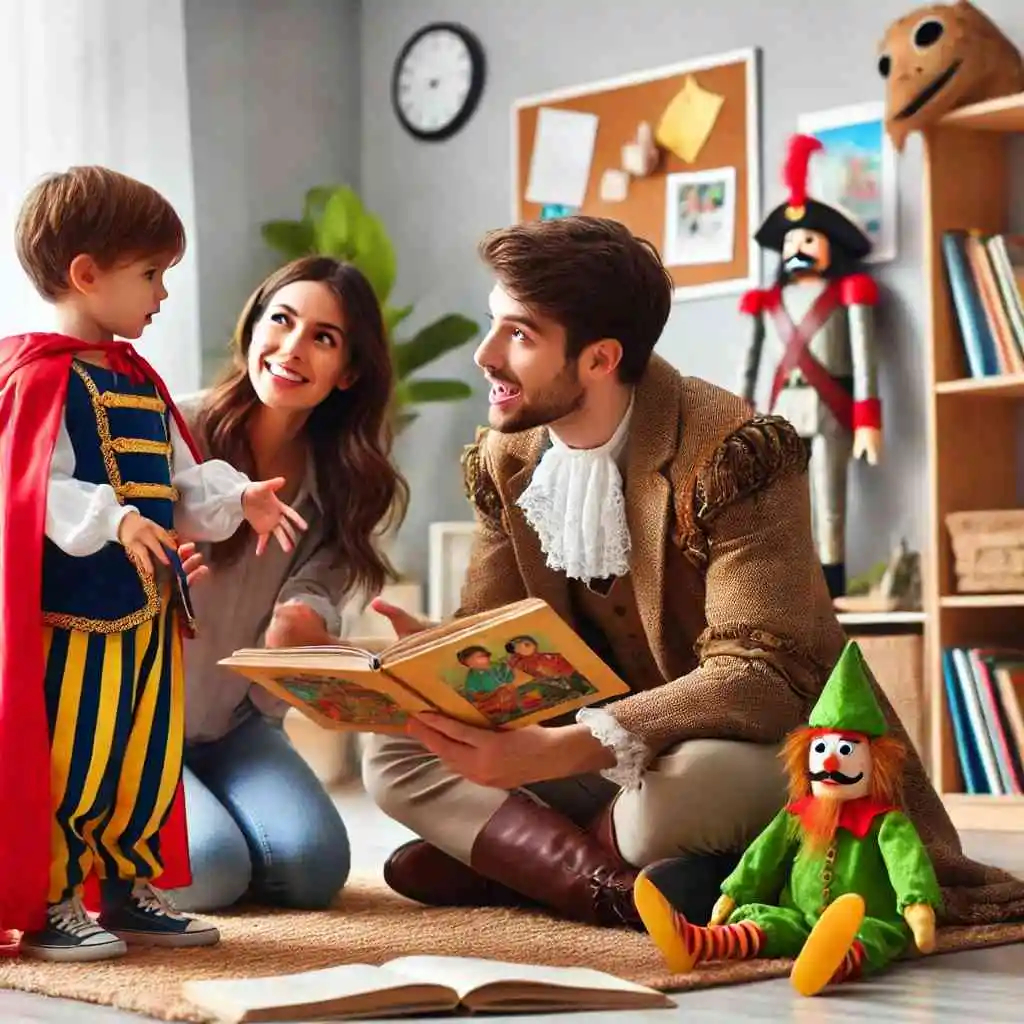
After the story ends, take some time to discuss it with your child. Ask them what they learned and how they felt about the characters’ actions. This helps them process the information and apply it to their own lives. For instance, if the story was about sharing, ask how they can share more with friends and siblings.
Open-ended questions work best for these discussions. Instead of asking, “Did you like the story?” try, “What would you have done if you were the main character?” This encourages critical thinking and deeper engagement with the story’s message.
It’s also important to validate your child’s feelings and thoughts. If they felt scared for a character, acknowledge that fear and discuss how the character overcame it. This can help your child develop resilience and understand that it’s okay to feel afraid sometimes.
Making Storytime a Habit
Consistency is key when it comes to storytime with a purpose. Try to make it a daily or weekly habit, so it becomes a regular part of your child’s routine. This not only builds a strong bond between you and your child but also ensures they receive a steady stream of valuable lessons.
Set aside a specific time for storytime, whether it’s before bed or after dinner. Create a cozy reading nook with comfortable seating and good lighting. This dedicated space can make storytime feel special and something your child looks forward to.
You can also involve other family members in storytime. Older siblings, grandparents, and even pets can join in, making it a fun, family-wide activity. The more people involved, the more perspectives and discussions you can have.
The Long-Term Benefits

Purposeful storytime offers long-term benefits that go beyond the immediate joy of reading. Children who regularly engage in storytime tend to develop better language skills, a richer vocabulary, and a greater love for reading. They also learn important social and emotional skills, like empathy and problem-solving.
As your child grows, the lessons from these stories will stay with them, guiding their decisions and actions. They will remember the stories of Guy the Guardian Gecko teaching them about safety or Cesar the Clever Cat showing them the importance of clever thinking. These characters become role models, and their stories provide a framework for understanding the world.
Incorporating purposeful storytelling into your routine can also help you address difficult topics in a gentle, non-threatening way. Whether it’s dealing with loss, understanding diversity, or learning about kindness, stories can open the door to meaningful conversations.
In conclusion, storytime with a purpose is a powerful tool that combines the joy of reading with valuable life lessons. By choosing the right stories, bringing them to life, discussing the lessons, and making it a habit, you can create an enriching experience for your child. So, grab a book, snuggle up, and start your magical journey today.
Real-Life Role-Playing Scenarios: Bringing Lessons to Life
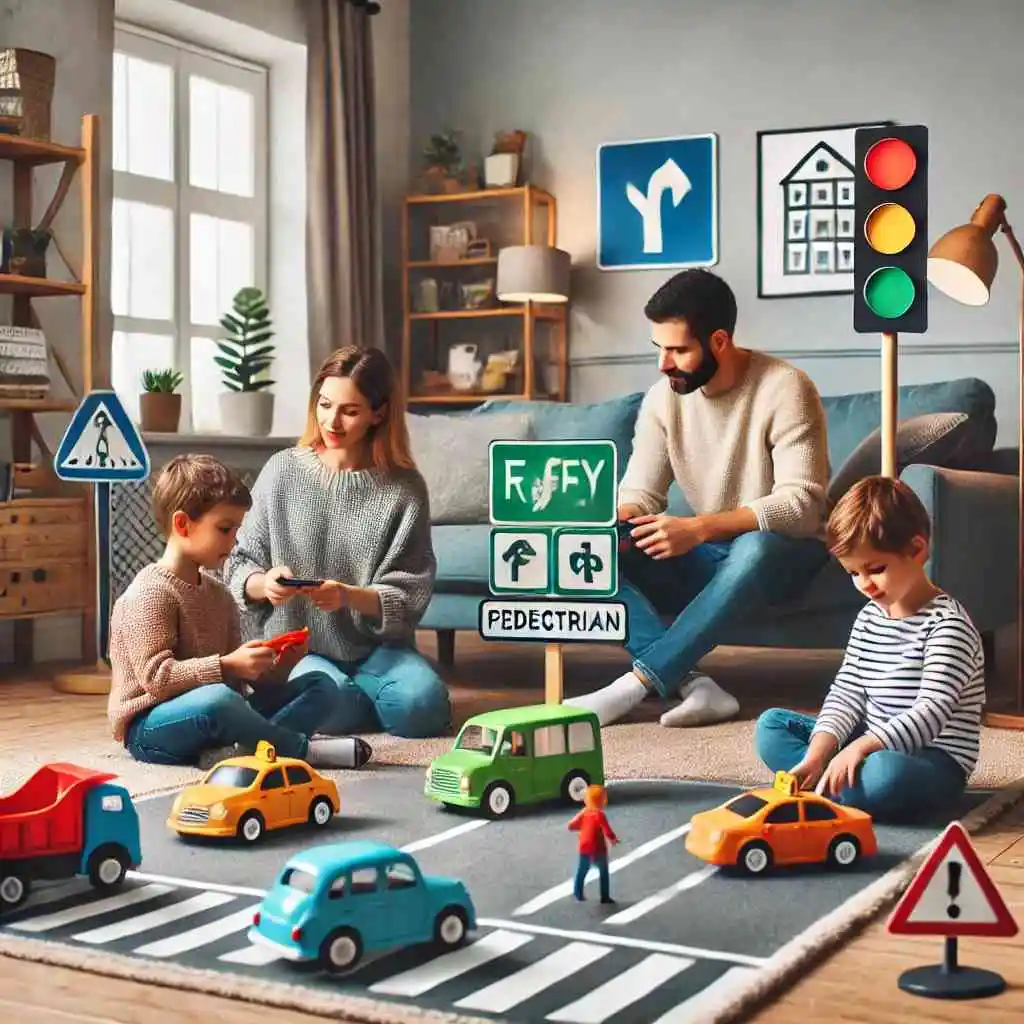
Real-life role-playing scenarios are a fantastic way to teach kids about safety and awareness in a fun, engaging manner. By acting out different situations, children can learn important lessons in a hands-on way. It’s not just about talking to them but letting them experience and react to various scenarios in a safe environment. This method can help kids understand and remember safety rules better, as they are actively involved in the learning process.
Making Safety Fun with Role-Playing
Kids love to play pretend, so why not use that to your advantage? Set up different scenarios where they can practice what they’ve learned about safety. For instance, you could pretend to be a stranger asking for help finding a lost puppy. Teach your child how to respond safely by saying no and walking away. This kind of role-playing makes learning about stranger danger less scary and more like a game. You can switch roles, letting them be the adult and you be the child, to give them a different perspective.
Role-playing can also involve everyday situations like crossing the street or answering the door when someone knocks. You can create a mini city in your living room with toy cars and traffic signs. Take turns being the pedestrian and the driver, emphasizing the importance of looking both ways before crossing. This interactive approach ensures that children don’t just hear about safety but practice it.
Building Confidence Through Practice
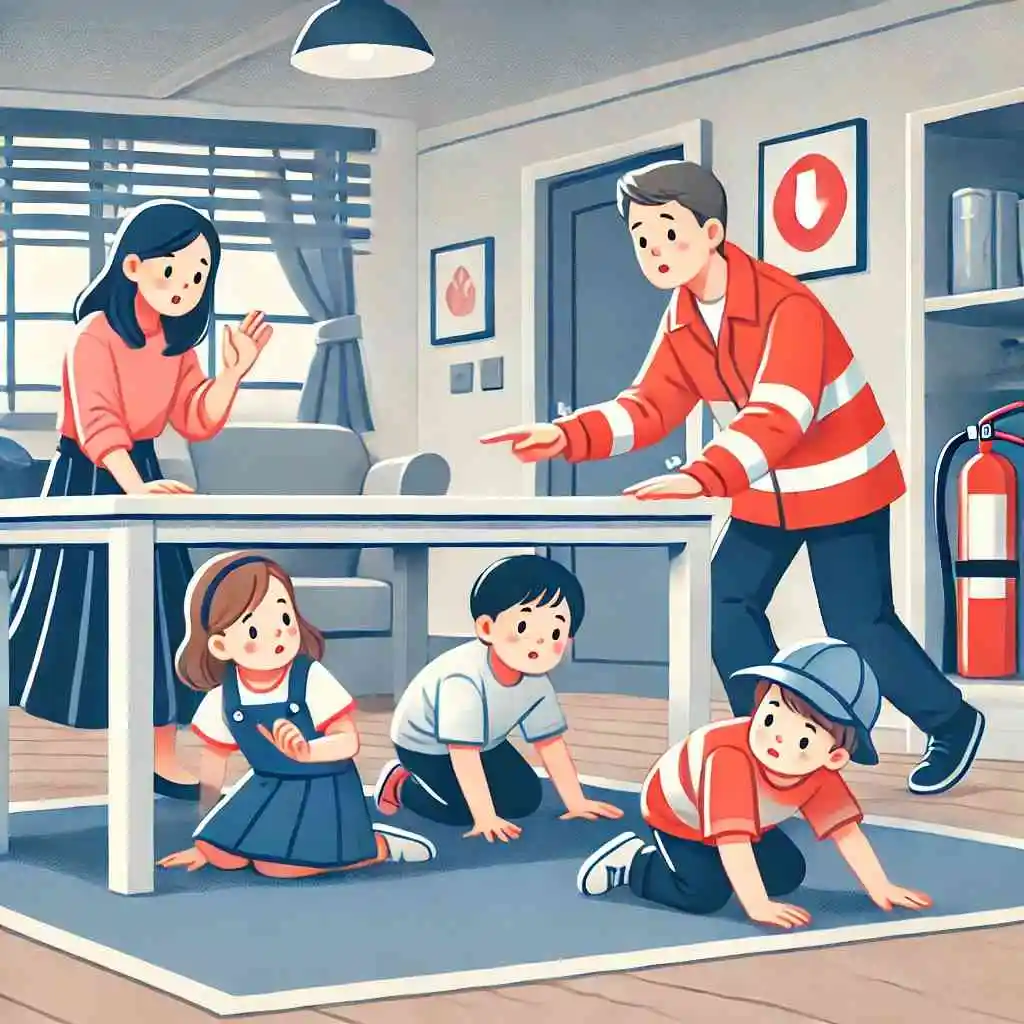
Role-playing isn’t just about memorizing responses; it’s about building confidence. When kids practice different scenarios, they become more sure of what to do if they ever face a similar situation in real life. This confidence is crucial because it helps them stay calm and think clearly when they need to. For example, if they practice what to do in case of a fire, they’ll be less likely to panic and more likely to remember the steps to get to safety.
You can start with simple scenarios and gradually introduce more complex ones as your child becomes more comfortable. For instance, you might begin with what to do if they get lost in a store and then move on to more detailed plans like a home fire escape route. Reinforce their successful responses with praise to build their confidence even more.
Encouraging Problem-Solving Skills
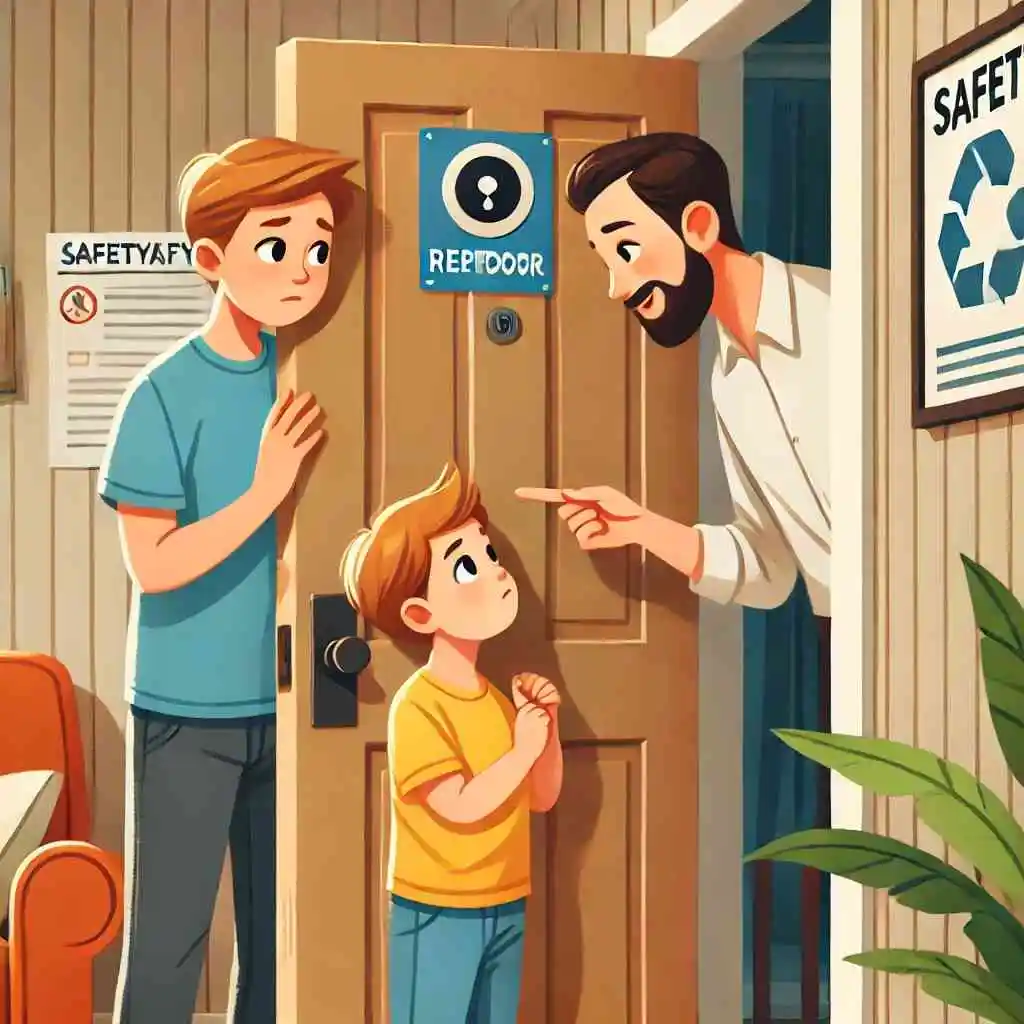
One of the great benefits of role-playing is that it encourages problem-solving skills. When children are faced with a pretend scenario, they have to think on their feet. This kind of critical thinking is essential for their development. You can enhance this by occasionally changing the scenario slightly to keep them on their toes. For example, if you’re role-playing what to do when approached by a stranger, you might change the setting from a park to a schoolyard or a store.
Ask your child questions like, “What would you do if you couldn’t find a safe adult nearby?” or “How would you signal for help without drawing too much attention?” These questions help them think through various possibilities and come up with effective solutions. Over time, they’ll learn to apply these problem-solving skills to other areas of their lives.
Making It a Family Activity
Role-playing scenarios can be a fun family activity that everyone can join. Get siblings, parents, and even grandparents involved. Each person can take on different roles to create a more dynamic and realistic scenario. For example, one person can be the stranger, another can be a passerby, and someone else can be the child. This not only makes the role-playing more engaging but also shows children that safety is a family concern.
You can even turn it into a regular game night activity. Create different scenarios, write them down on slips of paper, and draw one at random to act out. Make it fun by adding costumes or props, like hats or signs, to make the scenes come to life. The more enjoyable the experience, the more likely your child is to remember the lessons learned.
Tips for Successful Role-Playing
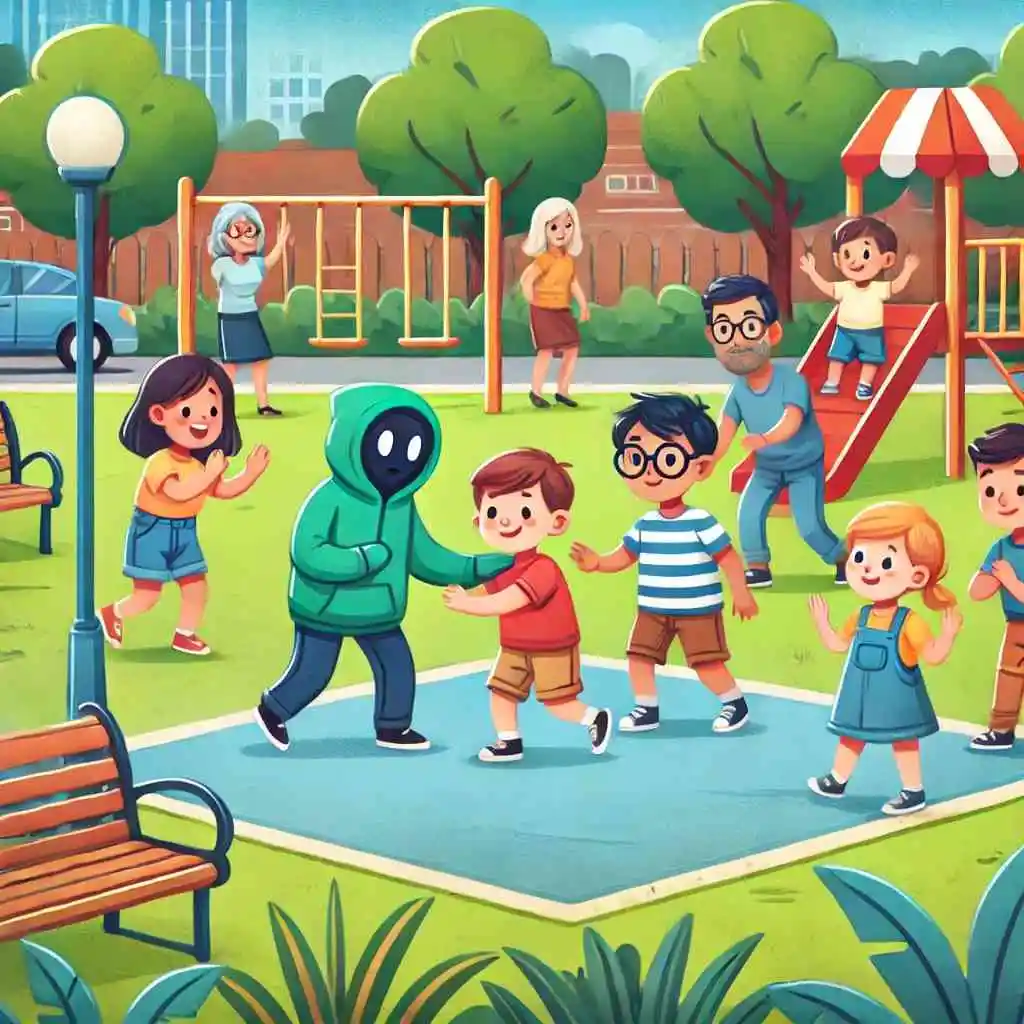
To make the most out of role-playing scenarios, keep a few tips in mind. First, keep the atmosphere light-hearted and non-threatening. The goal is to teach, not to scare. Use positive reinforcement to praise your child for good responses and gently correct any mistakes. Second, be consistent. Regular practice helps reinforce the lessons. Third, tailor the scenarios to your child’s age and understanding. Younger children might need simpler situations, while older kids can handle more complex scenarios.
Finally, be patient and flexible. Every child learns at their own pace, and some might need more time to feel comfortable with role-playing. Adjust your approach based on their responses and feedback. The key is to make the learning process as enjoyable and stress-free as possible.
By incorporating real-life role-playing scenarios into your teaching methods, you provide a safe space for children to learn and practice vital safety skills. This interactive approach not only makes the lessons more memorable but also empowers children to handle various situations with confidence and poise. So, gather your family, set the stage, and start your next role-playing adventure today!

